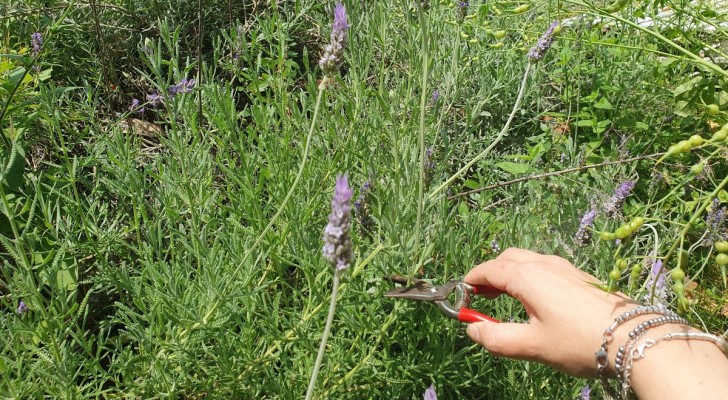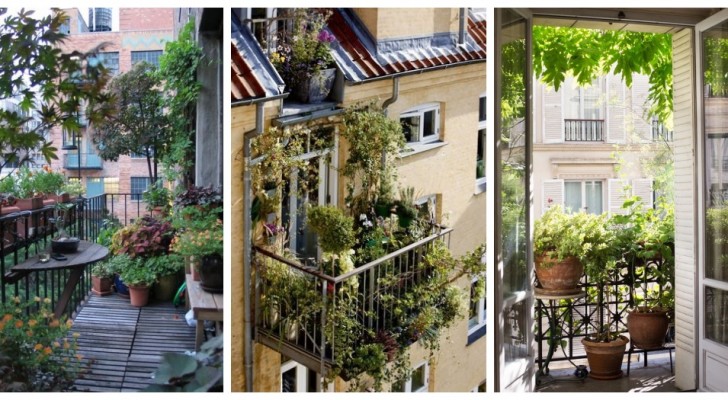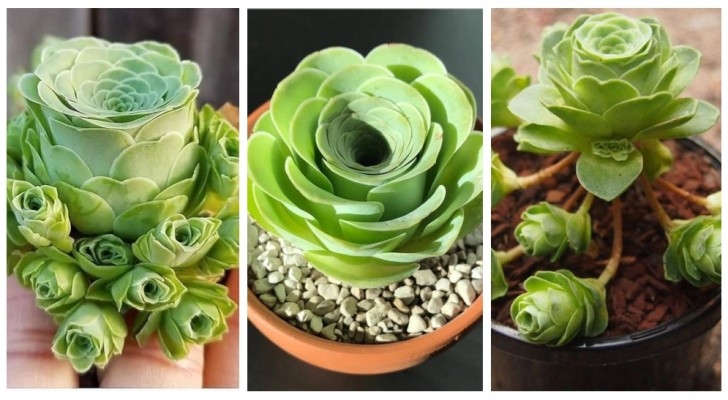How to grow primroses: the colorful and resistant flower that heralds the coming of spring
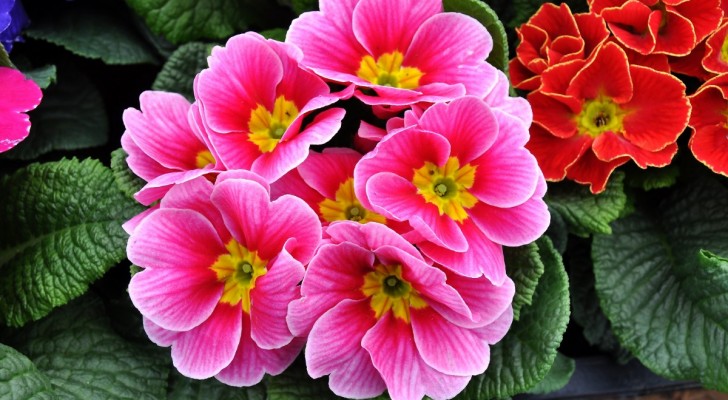
The primrose: a simple flower that gives us so much satisfaction. Primroses are among the first plants to announce the arrival of spring, since they begin to bloom from the end of February (in the northern hemisphere), when winter begins to lose its harsher nature and starts to make way for gradually milder temperatures.
Primroses grow spontaneously in many parts of the world, with simple and adorable flowers, and there are an infinity of artificially hybridized sub-species which have petals of every shade (even black!). And some types of this plant with even has what is known as double flowers. They are very easy to grow and can withstand many different environmental conditions. Find out more about primroses by reading on below:
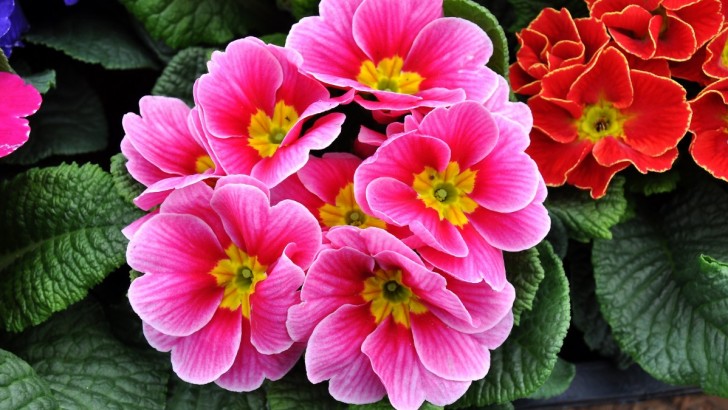
- Exposure: Primroses do not like direct sunlight during the hottest hours of the day, especially in the hottest seasons of the year. In fact, in summer, they risk getting burned if exposed to direct sunlight for too long. Given this, place them in a bright shade, where the sunlight hits in the morning or late afternoon, but without the shade being too dark during the rest of the day. The more rustic species (generally those with simpler flowers and without specifically exotic colors), are much more resistant, while some special and selected varieties do not like draughts and wind, so it is always better to put these types in a sheltered position.
- Temperatures: Primroses love the cool and cannot tolerate intense heat, but they can adapt and grow quite well where there are no extreme temperatures involved.
- Irrigation: the soil should be watered only when it dries out completely. So a couple of times a week should be sufficient in the hottest periods, and gradually reducing watering frequency in the wetter and colder seasons.
- Soil: Primroses need well-draining, soft soil enriched with a little peat. They prefer an acidic pH.
- Fertilizer: a universal fertilizer for flowering plants, which is balanced in nitrogen, phosphorus and potassium, is fine.
You can pant seedlings at any time of the year, but perhaps avoiding the hottest periods of the year. As for sowing them, it is preferable to sow them when the night temperatures are not too high (5-8°C / 40-46°F). Therefore, you can also sow them in winter (and before early April), so that the seeds have a better chance of germinating.
They are beautiful placed in the borders of flower beds but are very nice when they are also grown in pots (they will need to be repotted every two years or so). Have you ever had any primroses growing at your home?
